Explore the incredible temporary and permanent galleries exhibited within our museum.
Explore the incredible temporary and permanent galleries exhibited within our museum.
There are many galleries to view on your trip to The World of Glass. The Godfrey Pilkington Gallery in the centre of the building houses our temporary exhibition programme. See the What’s on page for more information. The Glass Gallery in the museum houses our resident glass collection. Pieces from the Origins of Glass to Contemporary glass will amaze you. The Now Gallery showcases facts about glass, and also developments in St Helens happening now. The Past gallery will take you on a tour through Victorian St Helens witnessing the lives of those who lived there.
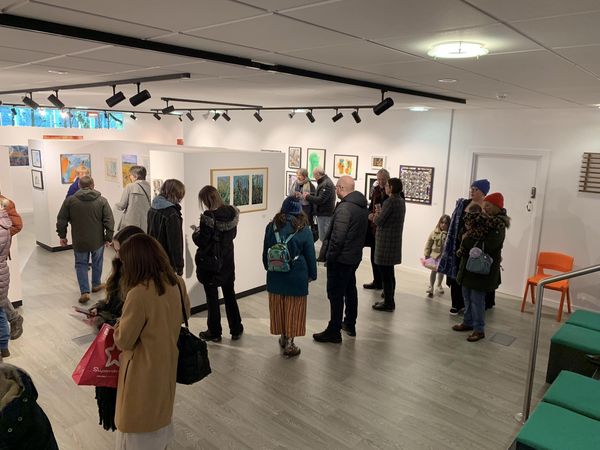
The Godfrey Pilkington Gallery has an ever changing programme of temporary exhibitions. Next up is From the Ashes by Shaun Smyth. Coming soon.
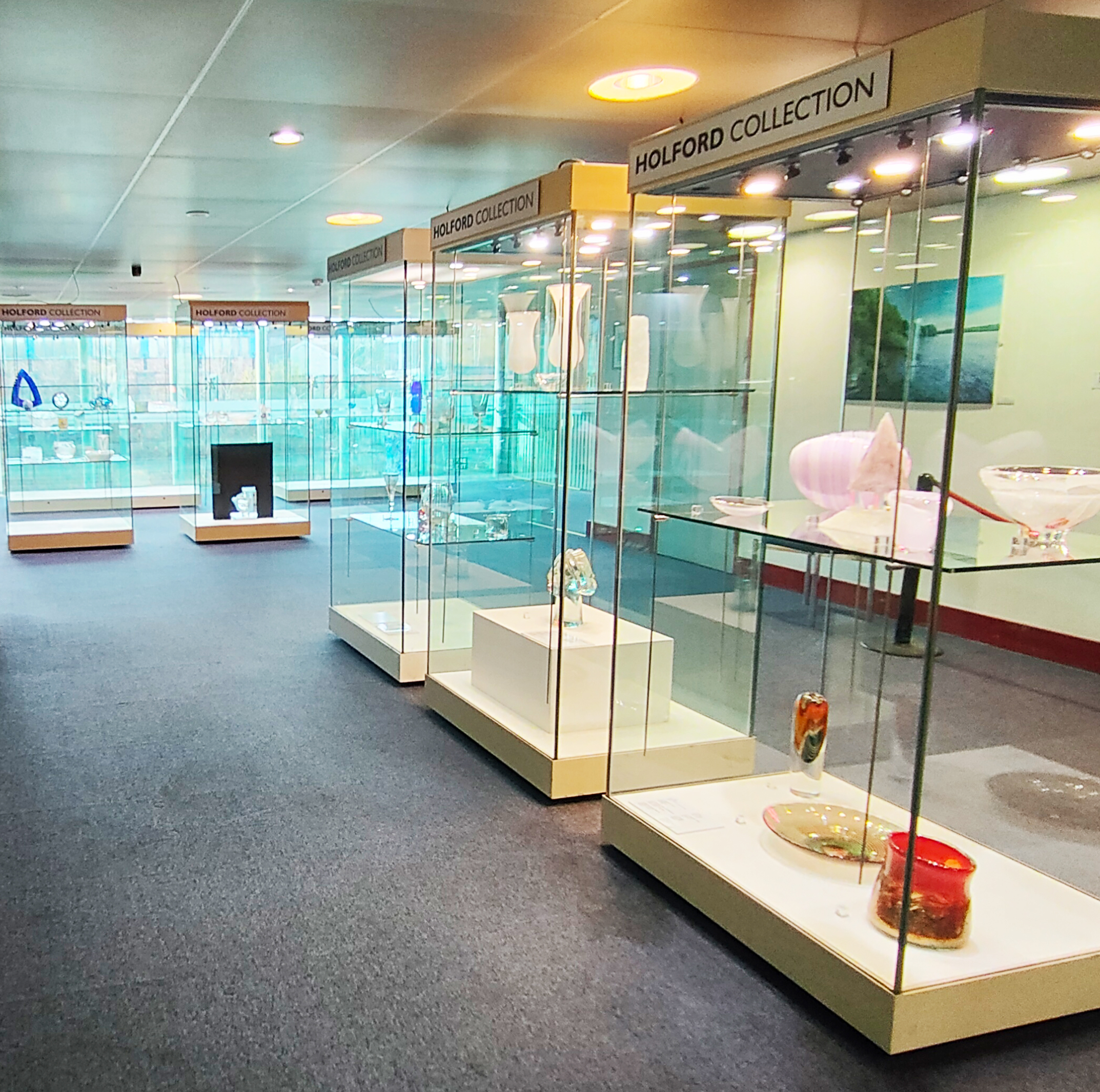
The Holford Collection is displayed on the mezzanine. This extraordinary contemporary glass collection shows us how collecting is done properly. It’s a bobby dazzler, with pieces by Sally Fawkes and Colin Reid.
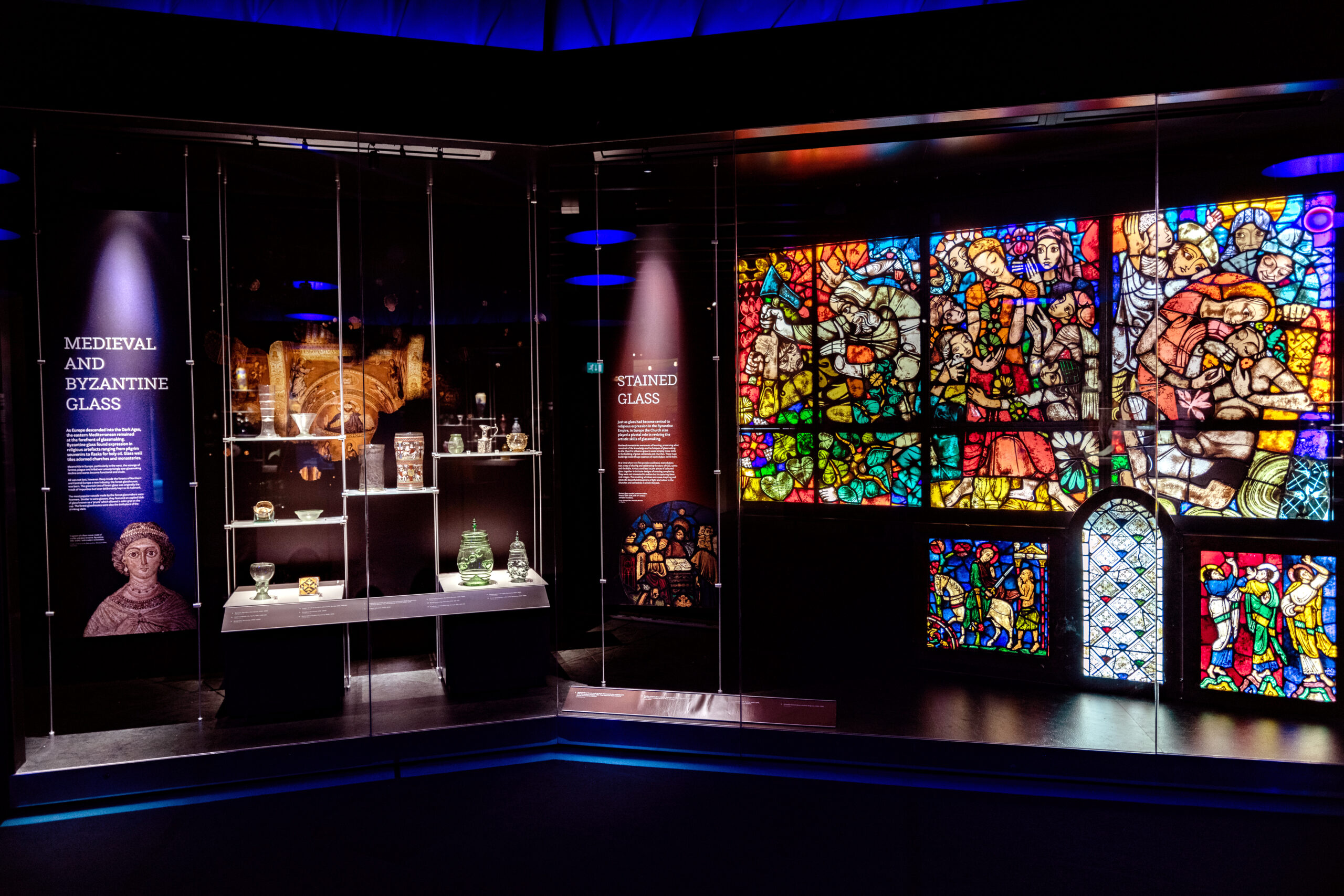
The Glass Gallery is an internationally important collection of glass. We tell the story of glass through beautiful pieces that have survived 3000 years, and the intervening years. Displayed in our jewel like room, you can really get up close to these rare and stunning objects.
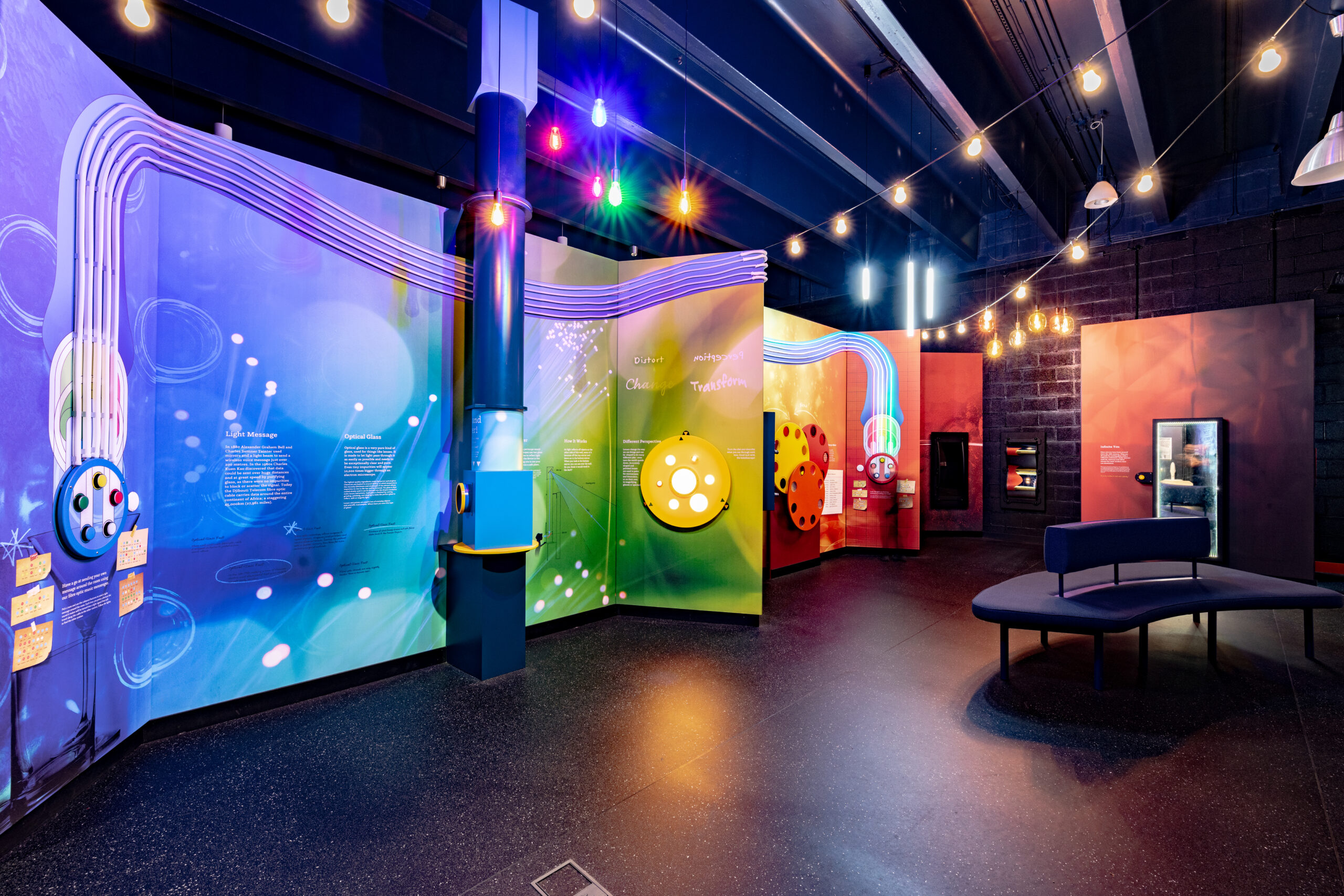
The NOW gallery shows us that life would be much the poorer without this amazing material. Interactive stations allow child play, while there is a chance to find out what is happening at Glass Futures.
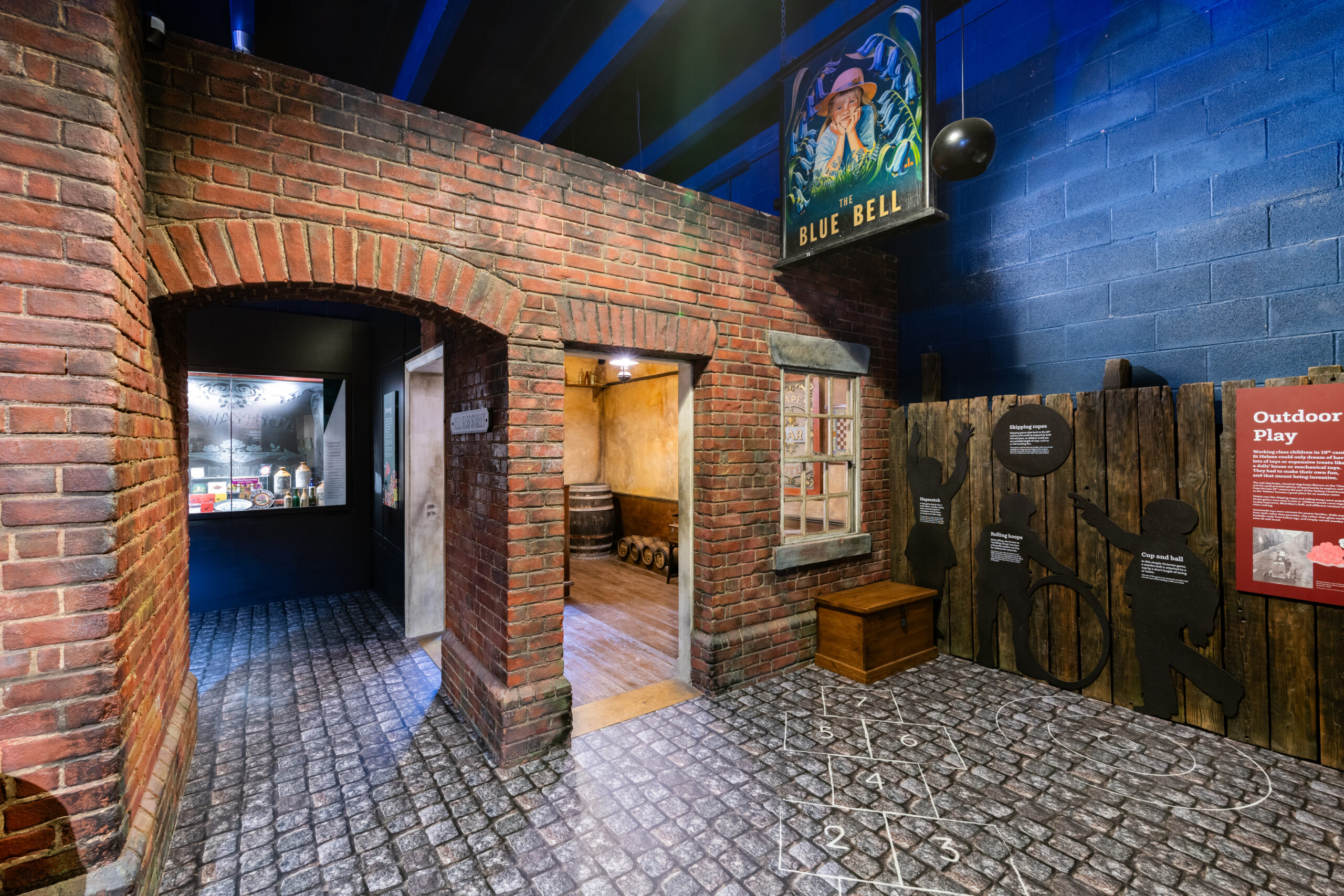
The Past gallery explore life at the boom of the industrial revolution here in St Helens. Listen to real stories about real lives living in a Victorian Town.